WHEELER ARMY AIRFIELD, Hawaii - Since late July, mission capable UH-60 Black Hawks, OH-58D Kiowas and CH-47D Chinook helicopters have been arriving by air and sea for transport from Hickam Air Force Base and Pearl Harbor Naval Base to Wheeler Army Airfield.
To the casual observer, it's just another Army aviation movement, no different from countless others. To the Soldiers of the 25th Combat Aviation Brigade (CAB) nothing could be further from the truth.
The flurry of aviation activity reflects a pioneering effort by 25th CAB leadership, Army Sustainment Command (ASC), Army Aviation and Missile Command (AMCOM), and a host of other aviation Soldiers and civilian personnel, to employ a novel method of redeploying aviation assets from a combat zone, maximizing helicopter reset resources while prioritizing the needs of aviation commanders both in garrison and at war.
Historically, when an aviation unit redeploys from war it transports its helicopters in mass to its home station or to one or more reset facilities. The aircraft are transitioned through a rigorous reset program where each helicopter is inspected, repaired and overhauled. This process is time consuming and may not meet the training and equipment needs of either redeploying or deploying aviation units.
According to Maj. Brian Watkins, executive officer, 25th CAB, the CAB, AMCOM, and leadership with ASC recognized these shortcomings and pioneered a new approach, one that may serve as a model for future aviation movements.
"During our deployment it became apparent that [certain] deployed units in Afghanistan were in need of aircraft and that we could assist the 1st Combat Aviation Brigade, the unit that replaced us, by leaving [command and control aircraft] with them when we redeployed," said Watkins. "Additionally, in order to get the remainder of our aircraft immediately incorporated into the Army reset program, we sent the remaining 32 aircraft via strategic airlift to two reset facilities on the mainland, one in Ft. Drum, N.Y., and the other at Hunter Army Airfield in Savannah, Ga.," he continued.
According to Watkins, the Army wanted to take advantage of idle capacity in the Army's helicopter reset lines on the mainland. In addition, releasing aircraft to other units and sending 25th CAB aircraft into reset would ensure that the 3rd Infantry Division's CAB, stationed at Ft. Stewart Ga., would have reset complete aircraft within a month or so of their return from Afghanistan. In exchange, the 25th CAB would receive reset complete aircraft from the 10th CAB, located at Ft. Drum, N.Y.
Indispensible to the plan was the expertise of Army Sustainment Command (ASC). Mr. Doug Woolley, civilian reset team leader in support of operations, 406th Army Field Support Brigade, ASC, Ft. Bragg, N.C., was involved in program oversight.
According to Woolley, the 25th CAB, AMCOM and ASC figured out a way to "swap aircraft" and maximize available resources to meet the needs of deploying and deployed units, and those set to deploy in the near future.
"We had our 402nd AFSB that is stationed at Joint Base Balad in Iraq sign for the 25th CAB's helicopters, relieving them of responsibility for the aircraft before they redeployed," said Woolley. "[Together], we then coordinated for the 25th CAB to receive aircraft that were reset complete once they returned to Hawaii.
"We really pushed the envelope of what had ever been done before," he continued. "It was an absolute success and win-win from the reset management perspective. It demonstrates the agility of the AFSB to do whatever it takes to meet the needs of Army aviation commanders, and it gets the correct aircraft to the right place at the optimal time for both the releasing and acquiring units."
As a result, the 25th CAB is receiving aircraft that are ready to fly just 90 days after returning from Iraq.
"We have been the beneficiaries of a consistent flow of aircraft coming from 10th CAB and they are already complete with reset with most of the necessary modifications [required for deployment to Afghanistan]," explained Maj. Joshua Higgins, operation officer-in-charge, 2nd Assault Helicopter Battalion, 25th Aviation Regiment, 25th CAB.
"This approach has improved our ability to train because we now have a much larger pool of aircraft to utilize almost immediately," said Higgins. "When you look at the number of aircraft per day that we can launch because they are not in reset, we can take all our energy and focus it on training. It has been a tremendous benefit not only to those units that have acquired and will acquire our aircraft, but to us as well."
Captain Drew Curriston, commander, A Company, 3rd Battalion, 25th General Support Aviation Battalion, 25th CAB, commands a flight company that is directly benefitting from the newly received aircraft from Ft. Drum.
"Having aircraft that are reset complete is a huge advantage," said Curriston. "Last time after deployment, we had aircraft in reset for up to five months. I was a platoon leader then and recall only having two of five aircraft available for a long time. [It is] a tremendous training limitation for obvious reasons. "Now, I have seven aircraft and they will all be ready to go which means that I can pace our training and ensure that all of our pilots and aircrew members support are all proficient well before we deploy to Afghanistan."
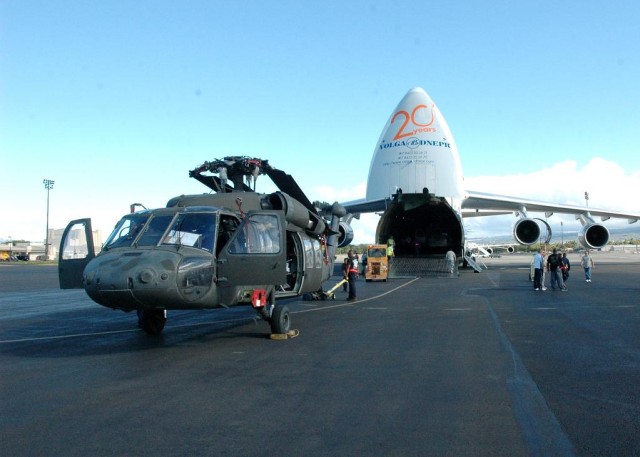
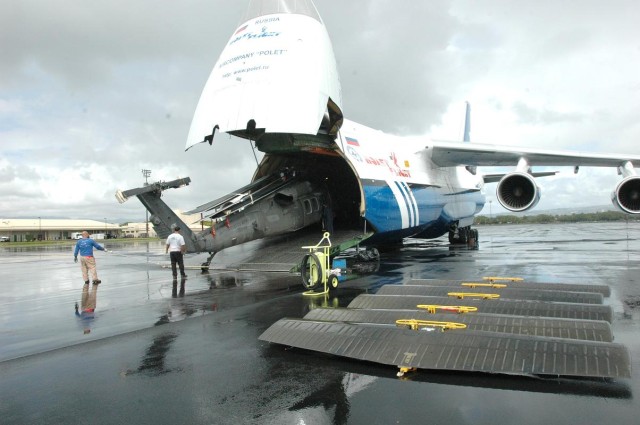
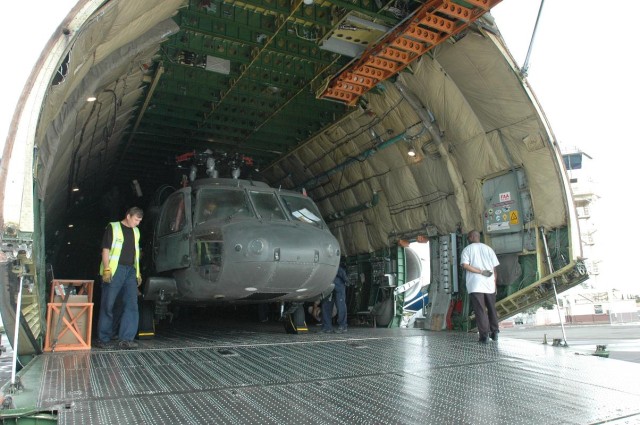

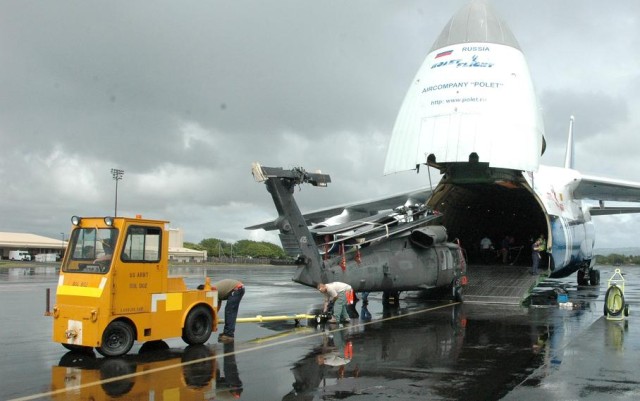
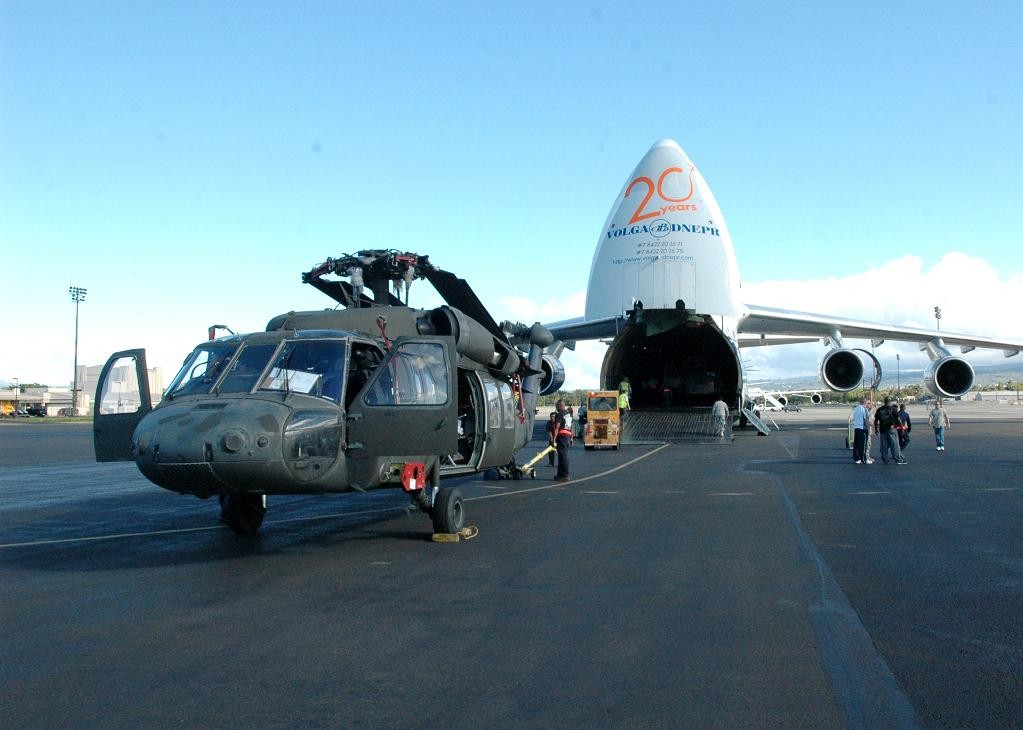
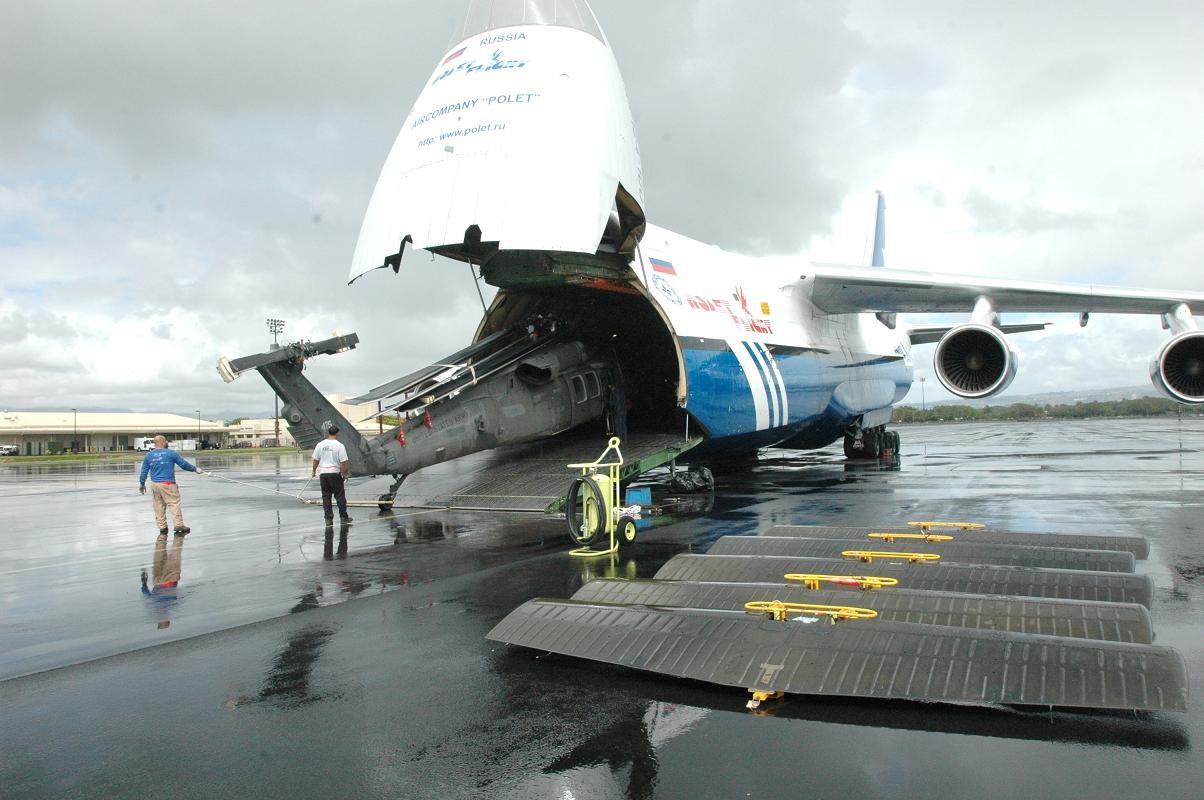
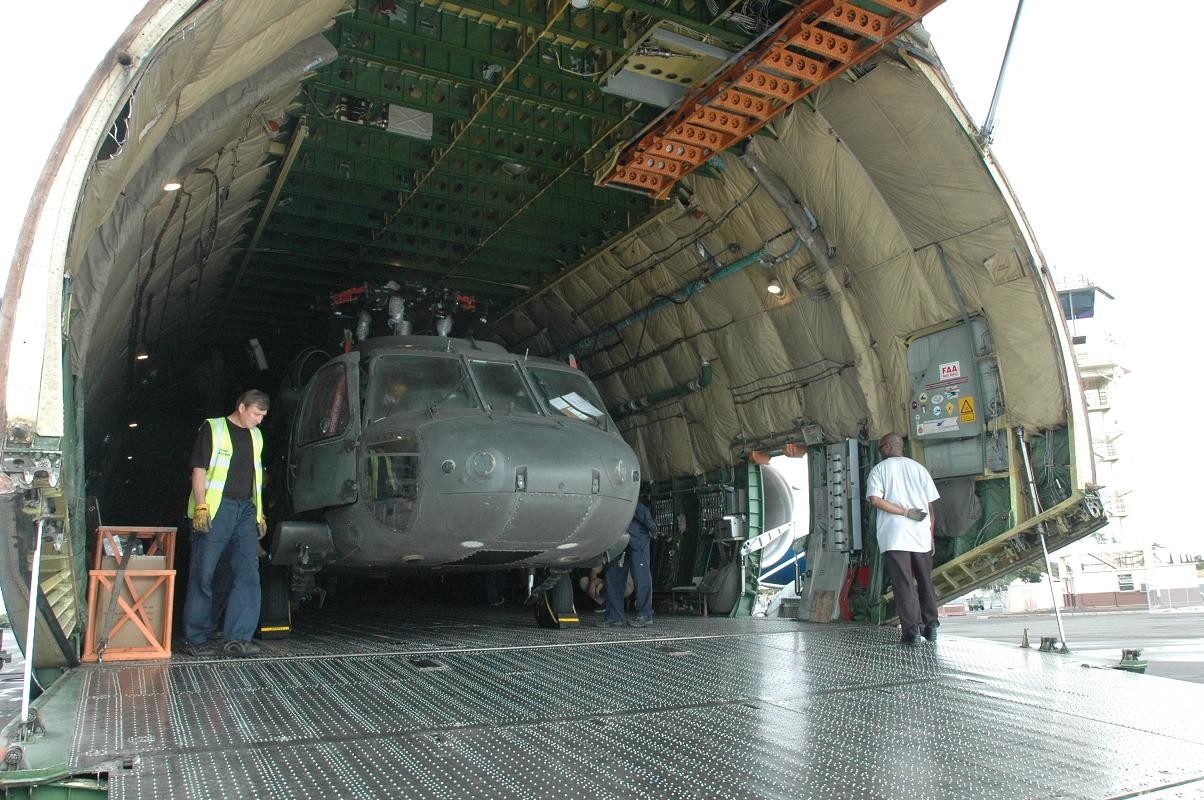
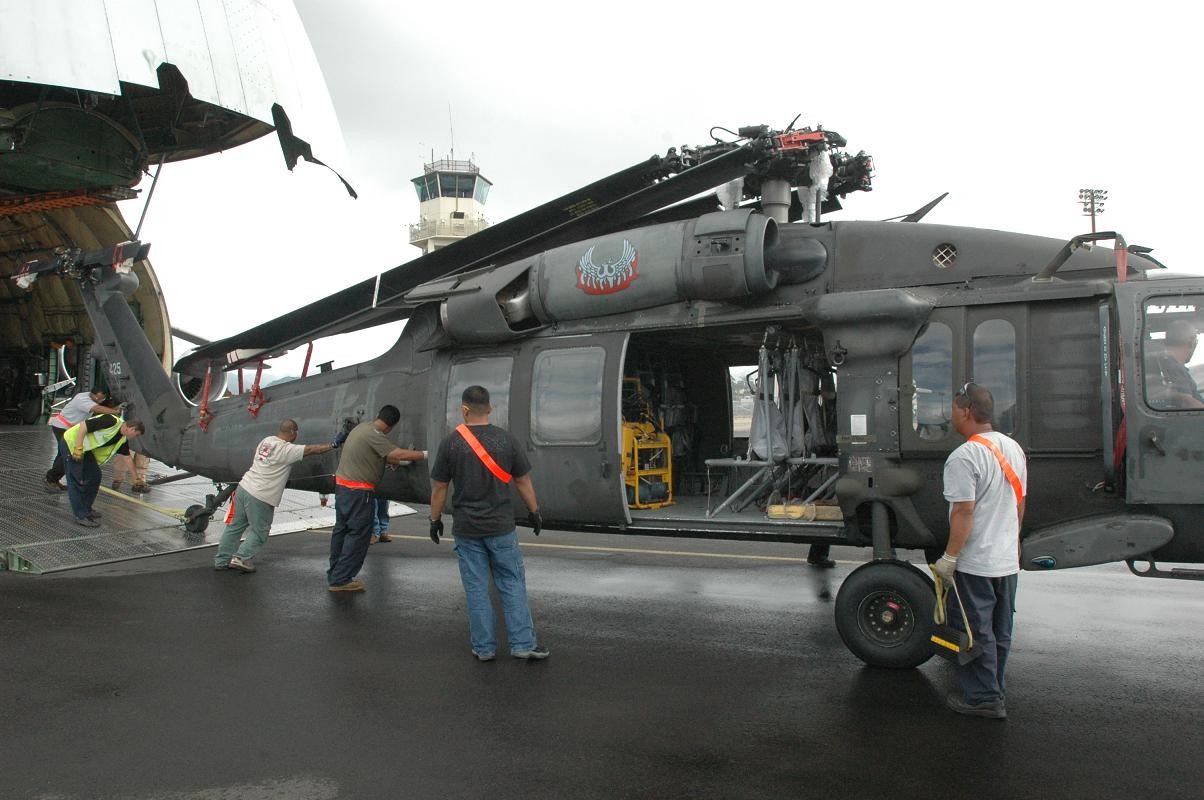

Social Sharing